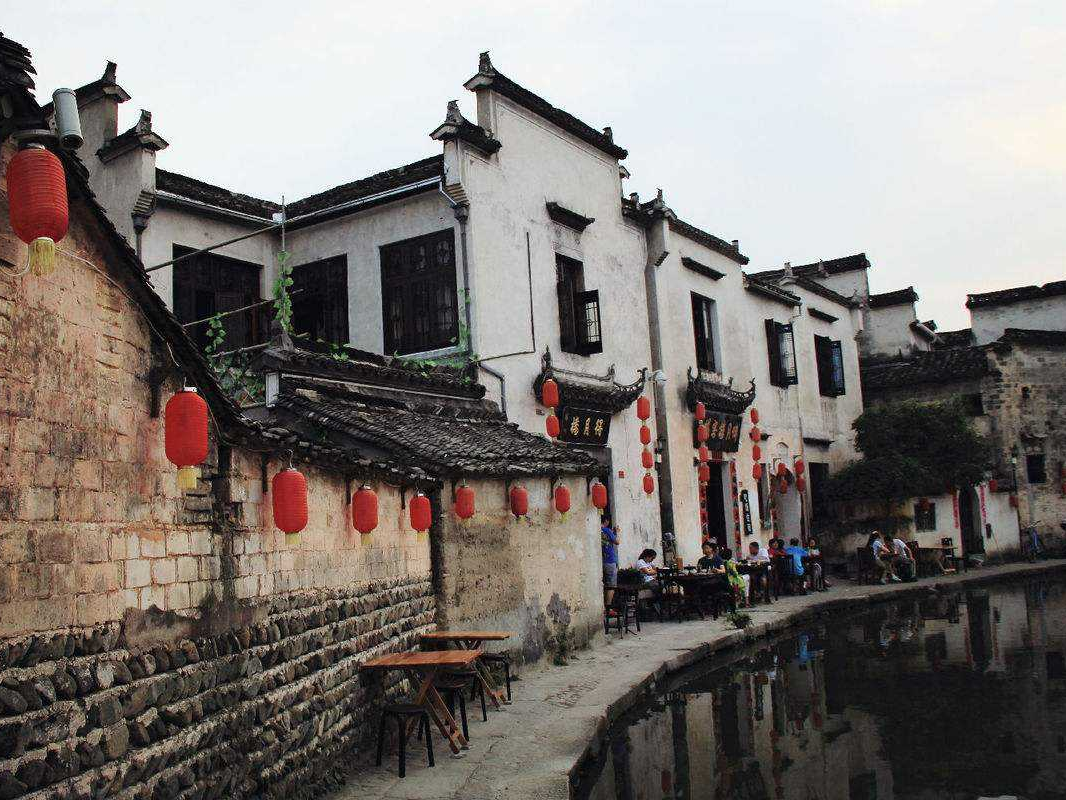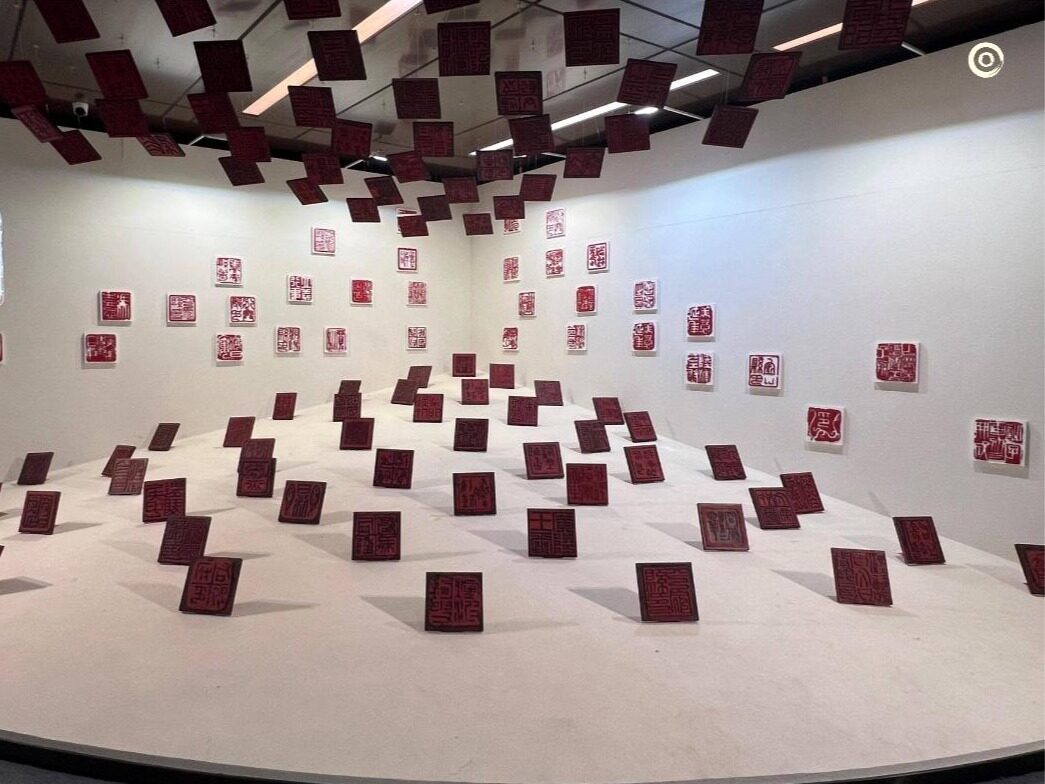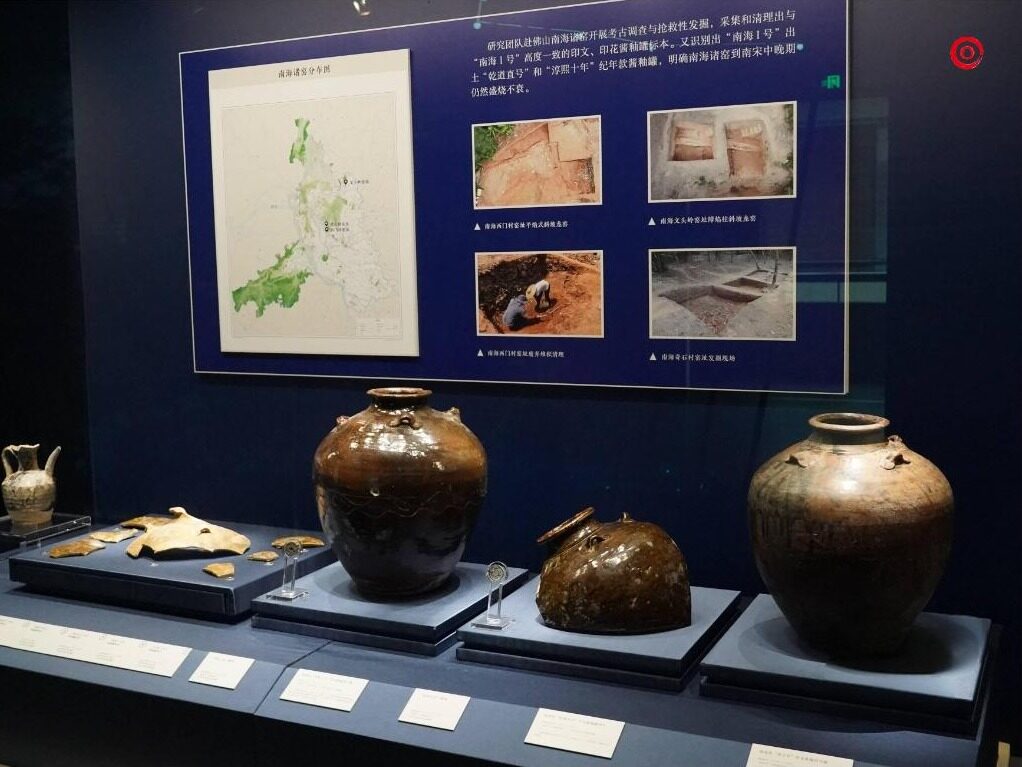- With the evolution of history, the horse head wall has become a representative architectural feature in Huizhou architecture

Horse head wall is also known as wind and fire wall, firewall, and fire wall. As the name suggests, it is an important feature of Jiangnan classical architecture in the traditional Chinese residential building genre. Especially refers to the wall higher than the two gable roofs, that is, the top part of the gable wall. Because the shape resembles a horse head, it is called a horse head wall.


Ancient houses were mostly made of wood. In villages where people live in groups of people, the density of residential buildings is relatively high. Therefore, once a fire occurs, it will spread like a forest fire. The contradiction not conducive to fire prevention is more prominent. In order to avoid the hazard of a fire bead chain, a fire-sealing wall was designed. The high horsehead wall can cut off the fire source in the case of a fire in the neighboring residential buildings.



The horse head wall is a major feature of Huizhou architecture, and the wind and fire walls have different forms of evolution everywhere. The horse head on the horse head wall, usually in the golden seal style or Chaohu style, shows the master's pursuit of the ideal of reading and being an official. In ancient times, Huizhou men left their hometown and set foot on the commercial road at the age of twelve or thirteen. The horse head wall was a materialized symbol of the family’s longing for a long time to return. Seeing such a patchwork, black and white horse head wall, one would also get a sense of happiness. This is the enjoyment of clear, elegant and distinct rhythmic beauty.



Horse head walls are staggered in height, generally two-fold or three-fold style. For larger houses, because of the front and back halls, the number of stacks of horse head walls can be as many as five, commonly known as the Five Sacred Mountains. From the appearance, it is quite style, so it is not only one of the common styles of traditional residential buildings in the south of the Yangtze River in China. There used to be a blue brick and small tile horse head wall, and the corridors are hung with grate windows to summarize the traditional residential buildings in the south of the Yangtze River in the Ming and Qing Dynasties.



The beautiful horse head wall is mostly seen in the countryside, while in the bustling city, the horse head wall is extremely rare and precious. The static and rigid wall shows a dynamic beauty because of the horse head wall. Looking up from a height, the undulating horse head walls in the villages where the tribes live together give people a sense of galloping horses, and also a metaphor for the vitality and prosperity of the entire clan.

When you go south to Jiangnan, pay close attention to this eye-catching horse head wall! Editor/He Yuting
Comment
 Praise
Praise
 Collect
Collect
 Comment
Comment
 Search
Search














Write something~